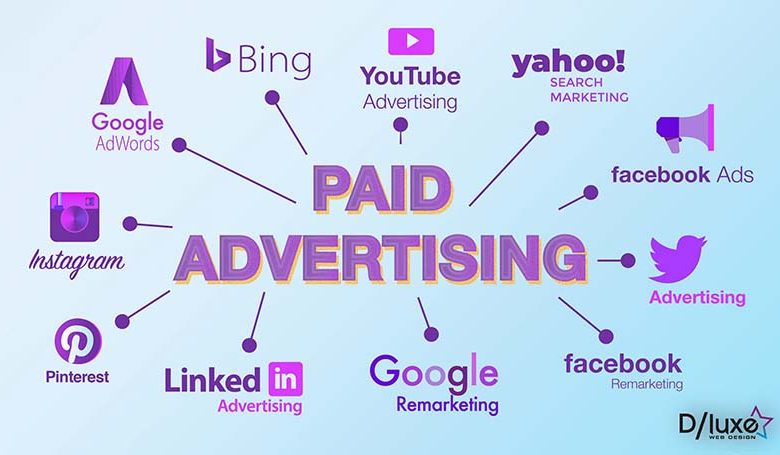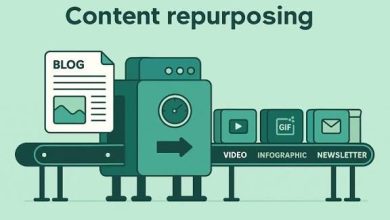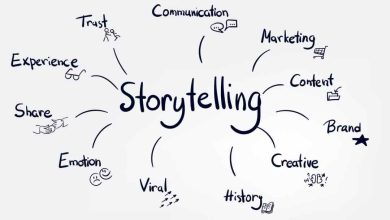Paid Marketing: The Fastest Way to Reach Your Ideal Customers
Discover what paid marketing is, why it matters, and how to make it work for your brand

In a previous post, we talked about organic marketing as being all the non-paid marketing tactics you use in your business – tactics that don’t require paying a third party like Facebook, Google, or influencers to attract traffic or customers.
If organic marketing is about using free marketing strategies like SEO, content marketing to reach your brand’s goal, then paid marketing is its faster, more targeted cousin. This brings us to the focus of today’s post – PAID MARKETING.
What is Paid Marketing
Paid marketing, also known as paid ads, is a marketing strategy that allows business owners or brands to have their message or content displayed to specific audiences by paying a third party, like Facebook ads, Google ads, and even influencer partnerships.
In simple terms, you pay a platform to show your content to the right people, at the right time, in the right place, whether they’re actively searching for your offer or just scrolling through social media.
Beyond just running an ad, it’s a data-driven strategy that relies on factors like interests, user behaviour, location, gender, purchase history, and more. This is to ensure that your brand shows up in the feeds, inboxes, and screens of those who are likely to engage with it.
While organic marketing plays the long game, paid marketing is about speed, reach, and precision. It helps you appear in front of your ideal customers almost instantly.
Benefits of Paid Marketing
Let’s take a closer look at why paid marketing might be worth the investment for your business:
1. Faster and Immediate Results
Unlike SEO or content marketing, which may take weeks or months to gain traction, paid marketing delivers immediate traffic and visibility. If you set up an ad today, you could start seeing results through clicks, leads, or sales the same day. This makes it perfect for product launches, seasonal campaigns, or time-sensitive offers.
2. Precise Audience Targeting
One of the biggest strengths of paid marketing is its ability to laser-focus on specific audience segments. Platforms like Facebook and Google allow you to target users based on:
- Age, gender, and location
- Online behaviour and interests
- Past purchases and search history
- Device type and usage habits
This means you’re not wasting money talking to the wrong audience. Your ads are reaching the people most likely to convert.
3. Increases Brand Awareness and Visibility
Even if people don’t click your ad immediately, consistent exposure of your brand helps build brand recognition. It puts your business top-of-mind, so when they’re ready to buy, they remember you. Paid ads are a powerful way to boost reach, impressions, and familiarity within your market.
4. Enhanced Customer Engagement
When combined with strong copy and visuals, paid campaigns can spark curiosity, clicks, comments, and shares. This helps to deepen the connection between your brand and your target audience, especially when ads are tailored to their interests and needs.
5. Measurable ROI
With paid marketing, you can easily track and measure performance. From cost-per-click (CPC) to return on ad spend, the metrics help you know what’s working and what’s not. This allows you to adjust your strategy in real time, making your spending more efficient.
Top Paid Marketing Channels to Use
There are a variety of paid marketing platforms, and each serves different business needs. Let’s break them down:
1. Google Ads
Google Ads lets you place your content right at the top of Google search results or across millions of partner websites. It’s ideal for intent-driven traffic. That is, people actively searching for solutions.
2. Facebook & Instagram Ads
Meta’s ad platform offers robust targeting features and creative ad formats. It’s perfect for building awareness, retargeting website visitors, and promoting content visually.
3. YouTube Ads
With over 2 billion users, YouTube is great for video ads that educate, entertain, or explain. You can target users by channel, video topic, or even what they’ve recently watched.
4. LinkedIn Ads
For B2B marketing, LinkedIn offers professional targeting options like job title, industry, and company size. It is great for reaching decision-makers and promoting high-value offers like webinars, whitepapers, and services.
5. Influencer Marketing
Though not a platform, paying influencers to promote your products on their own platforms is a growing paid media strategy. It’s especially effective for lifestyle, beauty, fashion, tech, and food niches.
How to Use Paid Marketing Effectively
Now that you understand what paid marketing is and where to place your ads, let’s talk about execution.
1. Choose the Right Platform
First on the list is to start by identifying where your audience spends time online. If you’re selling to professionals, LinkedIn might be best. If your product is visually appealing, Instagram may deliver better results. Don’t make the mistake of advertising everywhere. The best and wisest thing to do is to go where your audience is active.
2. Determine the Type of Ad
There are different ad formats to suit different objectives. Here are some popular ones:
- Display Ads: These are banner ads that appear on websites, apps, and social media. They’re great for building brand awareness and visibility.
- Retargeted Ads: These are ads that target users who have previously visited your website, aiming to re-engage them and encourage them to return and complete an action like a purchase.
- Roadblock Ads: A premium ad type where your ad takes over an entire page or multiple ad slots for a short time, often used for big product launches or events.
3. Create a Strong Call to Action (CTA)
Your ad must tell people what to do next, such as “Shop Now,” “Download Free Guide,” or “Book Us Now.” A compelling CTA helps improve your click-through and conversion rates.
4. Monitor and Measure Campaign Performance
Don’t set ads and forget. Track how your ads are doing daily or weekly. Are people clicking? Are they converting? Use this data to tweak your copy, change your audience, or increase your budget if results are good.
5. Rinse and Repeat
Once you’ve identified high-performing ads, double down. Put more budget behind what’s working or create similar ads targeting a new segment of your audience.
Conclusion
Paid marketing is an essential tool in your business’s growth strategy, especially when you need fast, measurable, and scalable results. From Google Ads to Instagram and influencer collaborations, paid marketing gives you control over who sees your message, when, and how.
Whether you’re aiming to build awareness, drive traffic, or close more sales, the right strategy can turn your ad budget into real business growth.
Related Post: Organic Marketing: Grow Without Paying for Ads




